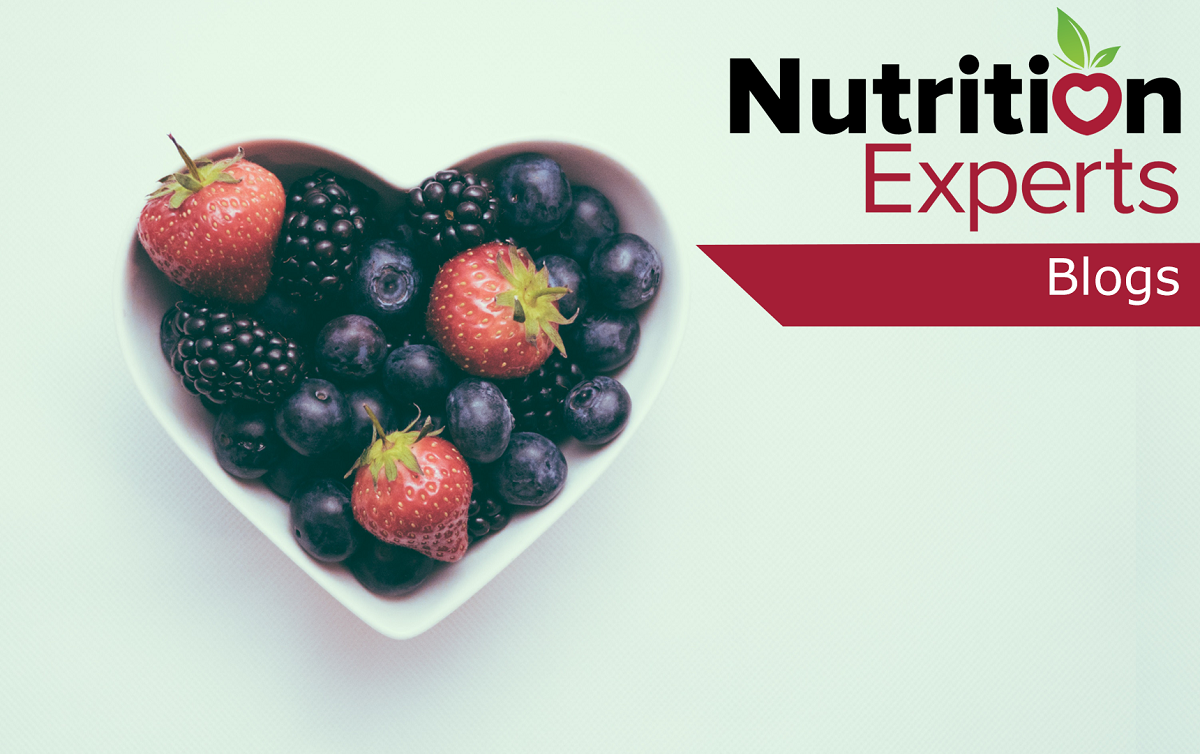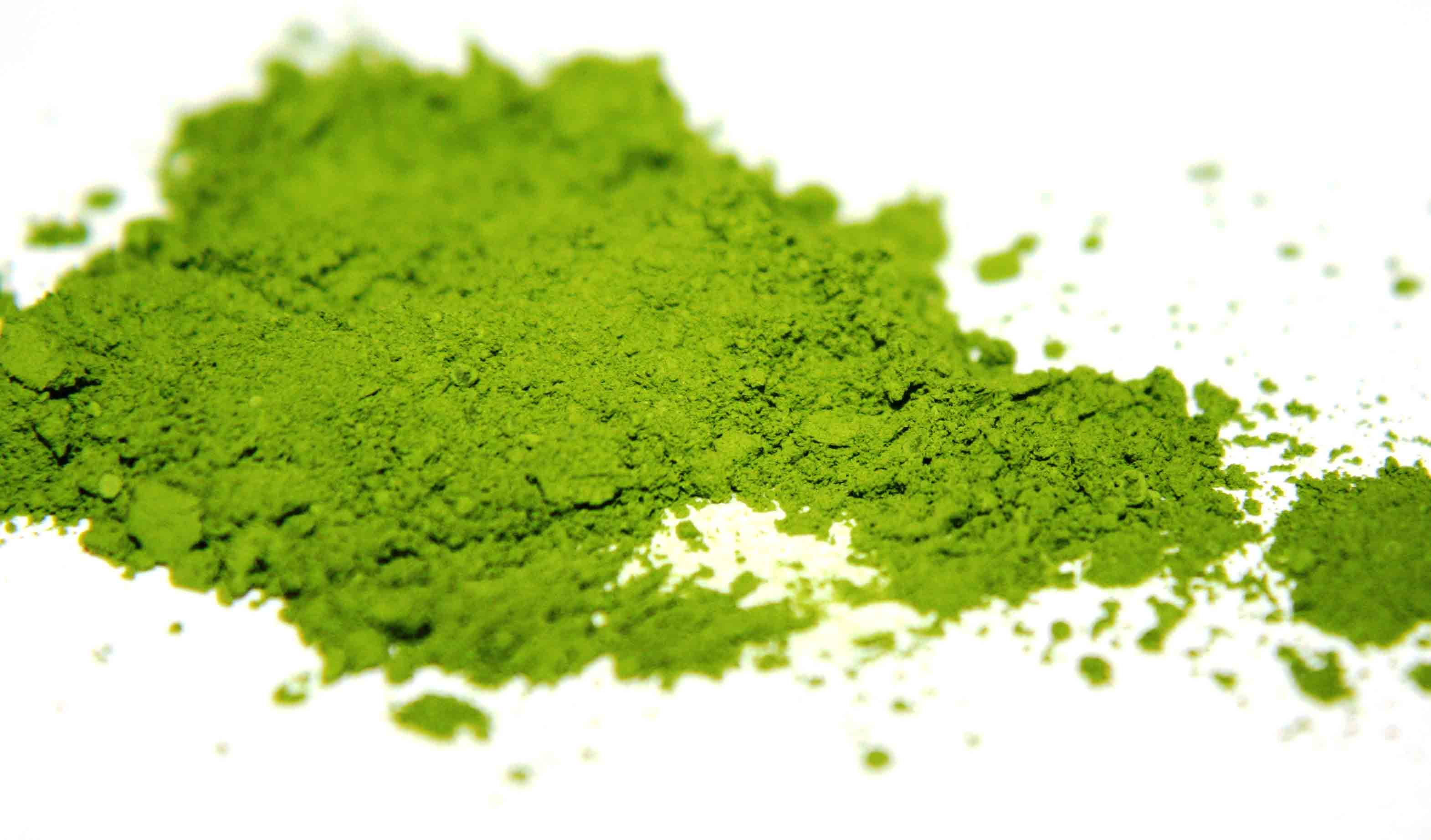
Image: Jamie Street/Unsplash
By Laura Ann Horwitz, CSUN DPD* Student
This is the fourth article in the series on Sodium. The first two articles centered on foods that contribute to a high Sodium diet, and how to reduce Sodium when eating on campus (or eating out). The third article concentrated on Sodium as it relates to health. In our last article, we’ll explore how to implement healthy lifestyle changes, which include lowering your sodium intake. Continue reading









